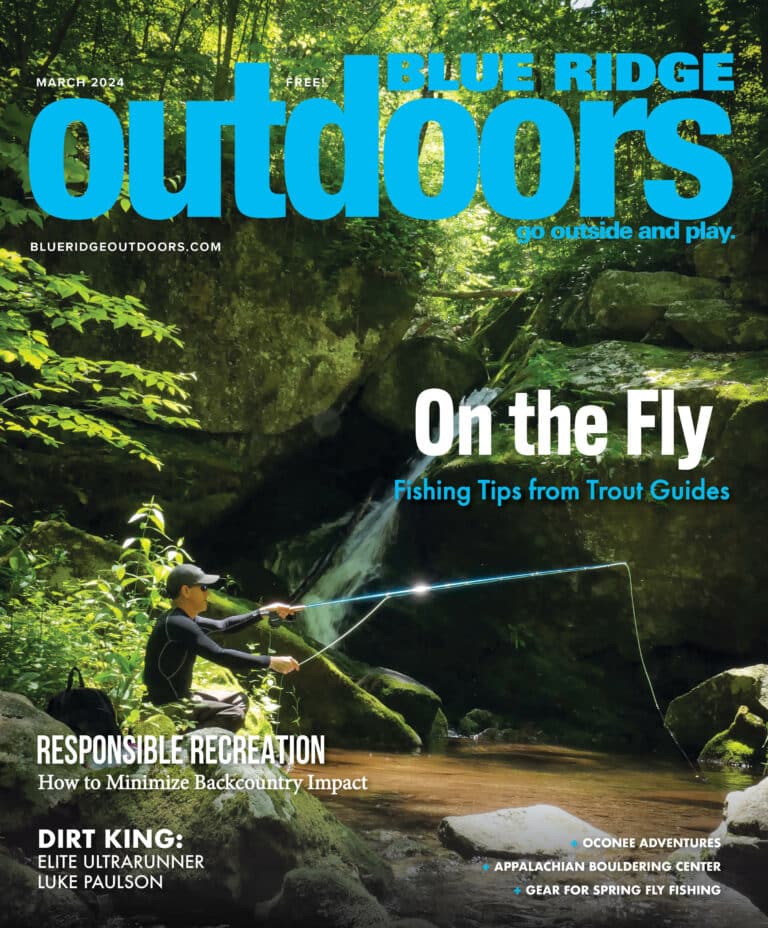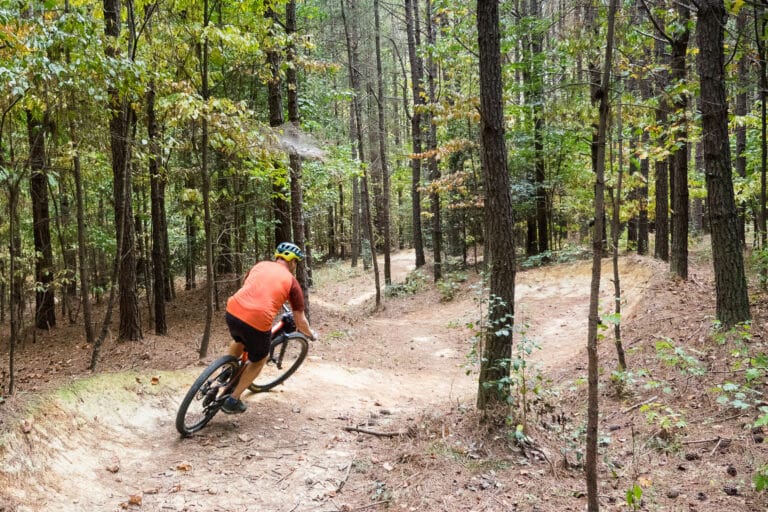The Tour de France is the world’s largest annual sporting event, attracting an international melting pot to the heart of France for three weeks every summer. Last year’s race focused on the celebration of the Tour’s 100th edition, but media outlets around the globe were also tuning into the progress of one individual who was attempting a first in the Tour’s long history.
Zoë Romano, a 26-year-old Richmond, Va., transplant from Maine, became the first person to run the Tour de France. Her 10-week journey raised nearly $200,000 for the World Pediatrics Project, a nonprofit that provides medical care to children around the world. Although the thought of running over 2,100 miles seems unbearable to fathom, Romano is no stranger to these physically taxing endeavors. In 2010, the then-recent college graduate embarked on a similarly impressive feat, running 2,867 miles across the United States to raise over $17,000 for the Boys and Girls Club.
“I’m a really goal-oriented person,” Romano says. “When you’re in college, you have a very clear understanding of what you’re working toward, but when you graduate, sometimes you get caught up in that group of people who just float. I was floating.”
To cope with her floating, Romano started scheming. After learning about a man from Richmond, Va., who had just returned from running across the country, Romano became infatuated with the idea.
“I thought if he could do it and survive, then I could too.”
After months of tedious planning and rigorous training, Romano set off from Huntington Beach, Ca., heading east. Although a group of local runners, friends, and family were there to cheer her on and even run the first section with her, by mile 10, Romano was alone.
“Knowing you’re going to be running alone for the next four months is pretty intimidating,” she says, “but it felt good and I was really happy that I was actually doing it.”
With the use of sites like couchsurfing.org and warmshowers.org, Romano was able to find shelter nearly every night except for one. She says the incredible hospitality she experienced along the way was something she never expected to encounter.
“I was very vulnerable and a lot of bad things could have happened,” she says. “But after staying in over 100 homes for four months and not having one negative experience, I think the American people are a lot kinder than we ever give ourselves credit for.”
Although Romano was nearly caught in dozens of tornados and storms in the Midwestern states, she says the most challenging part of the run was not the actual running; it was admitting that the run would eventually have to end.
“Around the halfway mark, the dynamic of the run changed because I knew that it was no longer a question of if I was going to finish, just a matter of when,” she says. “I think it’s human nature to want to know what’s next, and that run really taught me what it’s like to live each day with a single-minded existence. Accepting that that was going to end was really hard.”
When she successfully finished her cross-country journey, Romano immediately began to feel restless and in need of another adventure. Her only criterion this time was that the adventure be harder. Her solution? Run the Tour de France.
“Naturally I thought it would be similar to the U.S. run,” she says, “but it was definitely more athletically demanding. It’s the most incredible thing I have ever done, but also the hardest.”
Romano set off for France in May of 2013 with her boyfriend, videographer, and one-man support team Alexander Kreher. From pouring rain to missing baggage, day one of Romano’s run was bleak at best. She quickly abandoned any residual romanticized notions of the experience to come, bought the cheapest rain gear she could find, and hit the pavement. For the next 10 weeks, Romano would run the equivalent of a marathon every day.
“I was really nervous about the Pyrenees and the Alps,” Romano says, “but when I made it through the Pyrenees, I had a huge confidence boost.”
As Romano descended toward the central valleys of France, she fully expected the flat farmland ahead to be easier than the thousands of feet she had just climbed in elevation. Her assumptions, however, were wrong.
“There was nothing to look forward to,” she says. “I was losing my form, I was losing my pace, I was hurting myself, and all the while, it rained for four weeks straight.”
It was during those damp and dreary weeks that Romano approached what every athlete refers to as “the wall.” While trying to stay on schedule, Romano was simultaneously nursing a calf injury and a debilitating foot rash. Her injuries had slowed her down to a walk, and with every soggy day that followed, thoughts of doubt and despair crept in.
“When I think of the most challenging times of that run, I think of the middle section of France,” she says. “But those four weeks made me reevaluate what persistence and resilience really mean. It seemed like I should have known this as a runner, but I didn’t fully realize how important sweating through the middle stuff is to accomplish the big goal.”

Eventually the weather subsided, Romano healed enough, and the flat farmland came to an end. By the time she reached the top of Mont Ventoux, one of the Tour’s longest and most iconic climbs, Romano’s passion had also been restored.
“The sun came out and I looked ahead to the start of the Alps,” she says. “Although I had walked all the way to the top, that mountain was a reminder of why I was doing what I was doing and why it was worthwhile.”
Because the exact route of Le Tour had not been released by the time Romano began her journey, she was forced to backtrack to the island of Corsica, where the official route began, to end her 2,100-mile run. Cyclists competing in Le Tour completed three stages there, the last of which was a 90-mile stretch that climbed over 2,000 feet in elevation during the first four miles alone and weaved along some of the island’s most dangerous back roads. Although Romano’s daily mileage was far from that of cyclists competing in the Tour, she wanted to take on this ultramarathon in under 24 hours to end her journey with a bang.
“That 90-mile stage was the hardest and stupidest thing I’ve ever done,” she recalls.
In those final 90 miles, she dodged palm-sized spiders and endured palm-sized spiders, split knees, sun poisoning, wild boar encounters, misleading mileage, and brutal mountain passes. In the dark of night, just under 24 hours after she had started, Romano climbed the final mountain pass to arrive in a sleeping Corsica village where her boyfriend Alex stood waiting.
“There’s really no glory in that,” she says, “but I remember thinking, ‘I never have to run again if I don’t want to.’”
Of course, Romano still continues to run. She is currently writing a book about her run across the United States and is looking forward to the day when the ants in her pants for another adventure return.








